Results
-
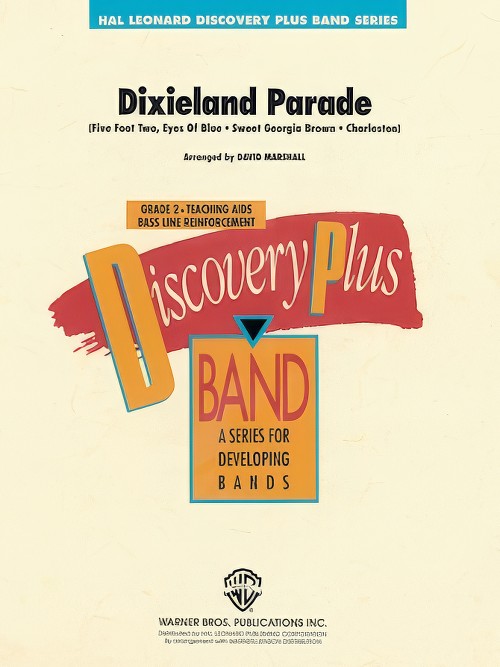 £53.50
£53.50Dixieland Parade (Concert Band - Score and Parts) - Marshall, David
Featuring a front line of trumpet, clarinet, trombone, and tuba, here's three classic Dixieland tunes combined in a superb showcase for developing groups. Includes: Five Foot Two, Sweet Georgia Brown, and Charleston.
Estimated dispatch 7-14 working days
-
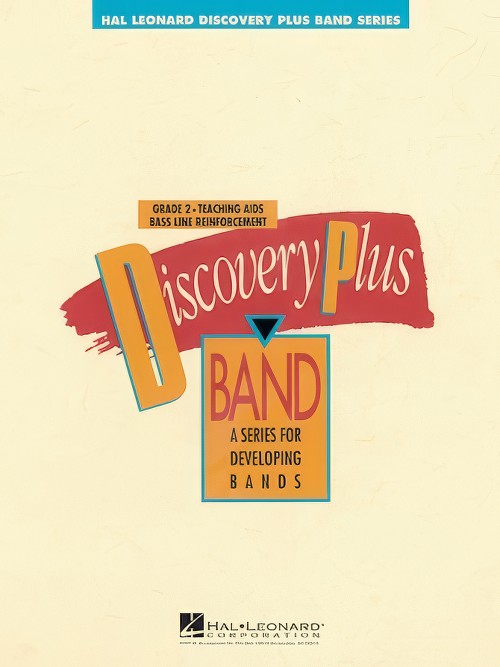 £40.00
£40.00The Munsters (Concert Band - Score and Parts) - Marshall, David
The clever theme from this TV show will be fun to play and a delight for audiences. A guaranteed hit!
Estimated dispatch 7-14 working days
-
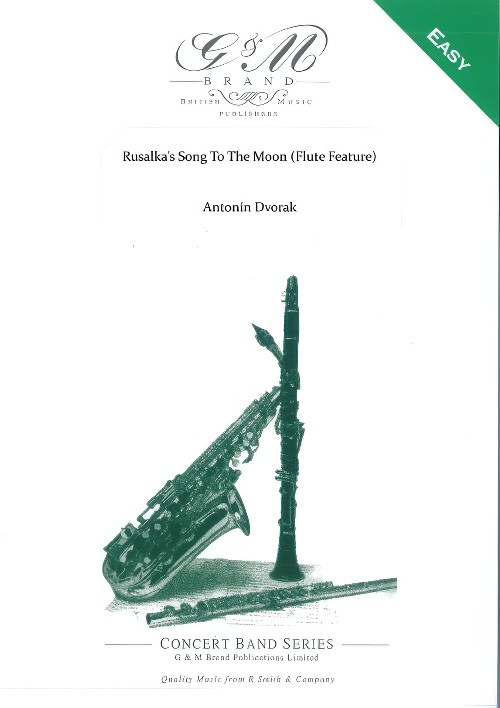 £44.95
£44.95Rusalkas Song To The Moon (Flute Solo) (Concert Band - Score and Parts) - Dvorak, Antonin - Farnon, David
Rusalka is a fairytale opera written by Dvorak in 1900. It was first produced the following year in Prague, three years before the composer's death. In this song, the heroine asks the Silver Moon to tell her lover that she is still faithful and that her love will last forever.
Estimated dispatch 7-14 working days
-
 £8.95
£8.95Rusalkas Song To The Moon (Flute Solo) (Concert Band - Score Only) - Dvorak, Antonin - Farnon, David
Rusalka is a fairytale opera written by Dvorak in 1900. It was first produced the following year in Prague, three years before the composer's death. In this song, the heroine asks the Silver Moon to tell her lover that she is still faithful and that her love will last forever.
Estimated dispatch 7-14 working days
-
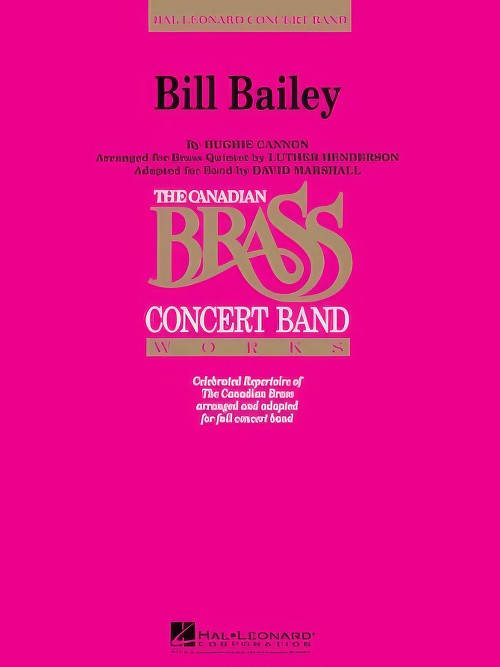 £64.99
£64.99Bill Bailey (Concert Band - Score and Parts) - Cannon, Hughie - Henderson & Marshall
No catalogue would be complete without some of that marvellous razz-a-ma-tazz entertainment that is a trademark of a Canadian Brass performance. David Marshall has transformed one of their biggest hits, Bill Bailey, into a fabulous show-stopper for concert band.
Estimated dispatch 7-14 working days
-
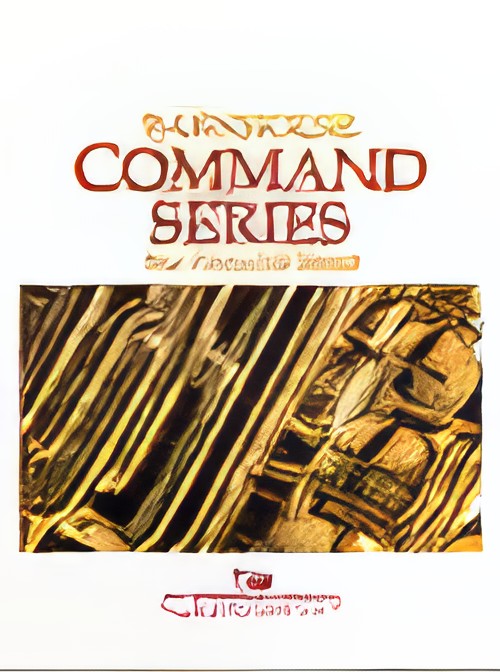 £55.00
£55.00Cimarron Trail (Concert Band - Score and Parts) - Shaffer, David
A tremendous concert or contest piece that is also a wonderful teaching tool. Utilising a variety of simple time changes, the opening moderato section leads into a spirited allegro that has nicely woven counterpoint between the woodwinds. A moderate 3/4 section adds contrast and then after a reprise of the allegro, it finishes with a bold and majestic coda. A winner in every respect!Duration: 4.15
Estimated dispatch 7-14 working days
-
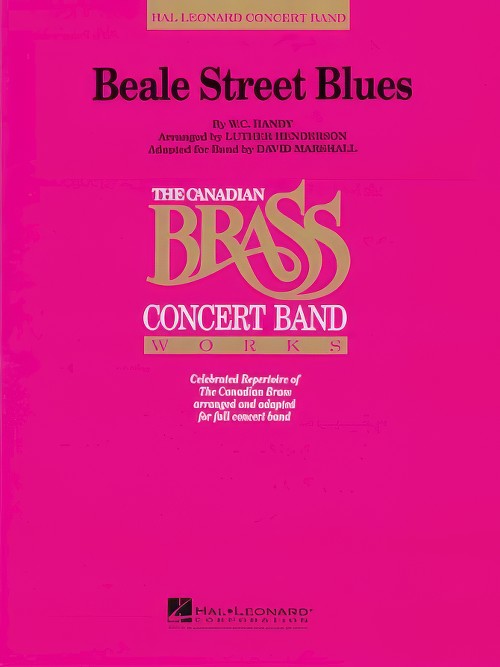 £57.50
£57.50Beale Street Blues (Concert Band - Score and Parts) - Handy, W. C. - Henderson & Marshall
W.C. Handy's swingin' blues is always a highlight of a Canadian Brass concert. David Marshall's adaptation for band features ad lib solos (written out) and some 'downright dirty' dixieland for the entire band. Great fun for all!
Estimated dispatch 7-14 working days
-
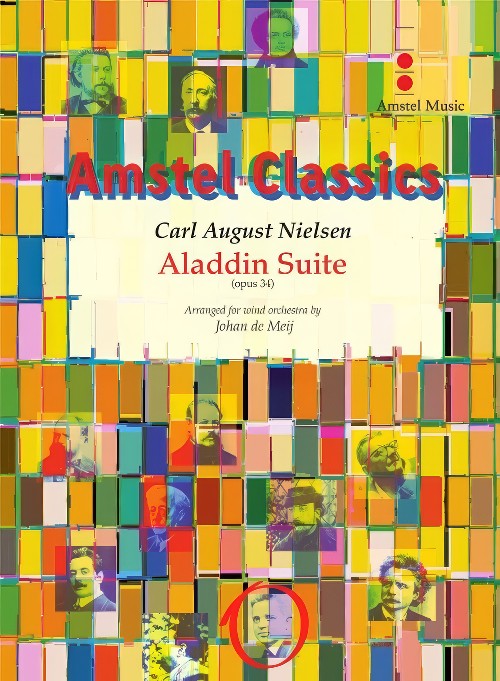 £148.00
£148.00Aladdin Suite (Concert Band - Score and Parts) - Nielsen, Carl - De Meij, Johan
The large creative output of the Danish composer Carl Nielsen (1865 - 1931) contains six symphonies, chamber music, vocal works and music for the theatre: two operas (Saul & David and Maskerade) and stage music for sixteen different plays. The stage music for Aladdin was written at the request of Johannes Nielsen, the director of the Royal Theatre in Copenhagen. This production was based on the drama Aladdin (1805) by the Danish author Adam Oehlenschlager. Already before the premiere at the Royal Theatre, Carl Nielsen had adapted some of the music for the concert hall: he conducted the first performance of six of the seven movements of the concert suite on February6th, 1919. Johan de Meij's transcription for symphonic band contains the following movements: I. Oriental Festival March; II. Aladdin's Dream / Dance of the Morning Mist; III. African Negro Dance
Estimated dispatch 7-14 working days
-
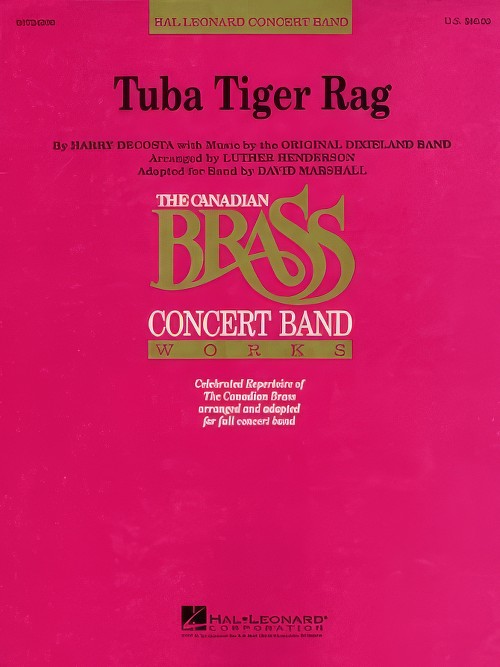 £60.99
£60.99Tuba Tiger Rag (Tuba Feature with Concert Band - Score and Parts) - Henderson & Marshall
When it comes to pure entertainment, the Canadian Brass are the kings of schtick and this dixieland tuba feature is one of the highlights of their concerts. David Marshall's clever, playable version can feature a soloist or the tuba section and packs in all the fun and silliness - just right for a dull audience!
Estimated dispatch 7-14 working days
-
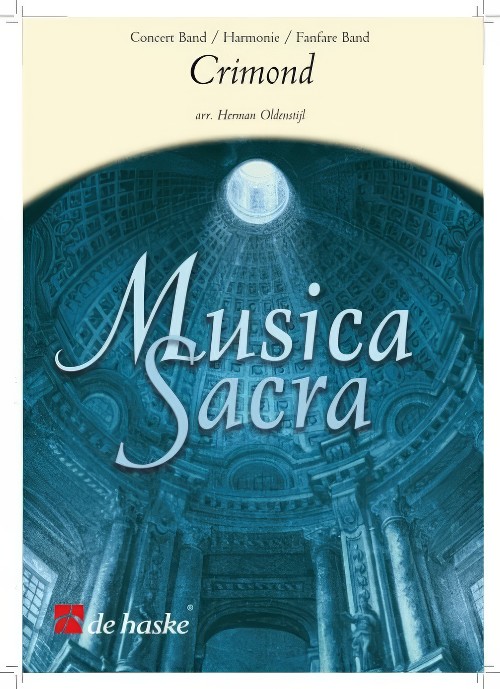 £84.99
£84.99Crimond (Concert Band - Score and Parts) - Oldenstijl, Herman
This lovely Scottish hymn, also known as The Lord's My Shepherd, first appeared in 1929 in the Scottish songbook Northern Psalter, where it was incorrectly credited to David Grant, an Aberdeen businessman and amateur musician. It was, in fact, composed by Jessie Irvine the daughter of the parish minister at Crimond. This arrangement will be a musical jewel in your concert repertoire.Duration: 4:10
Estimated dispatch 7-14 working days
